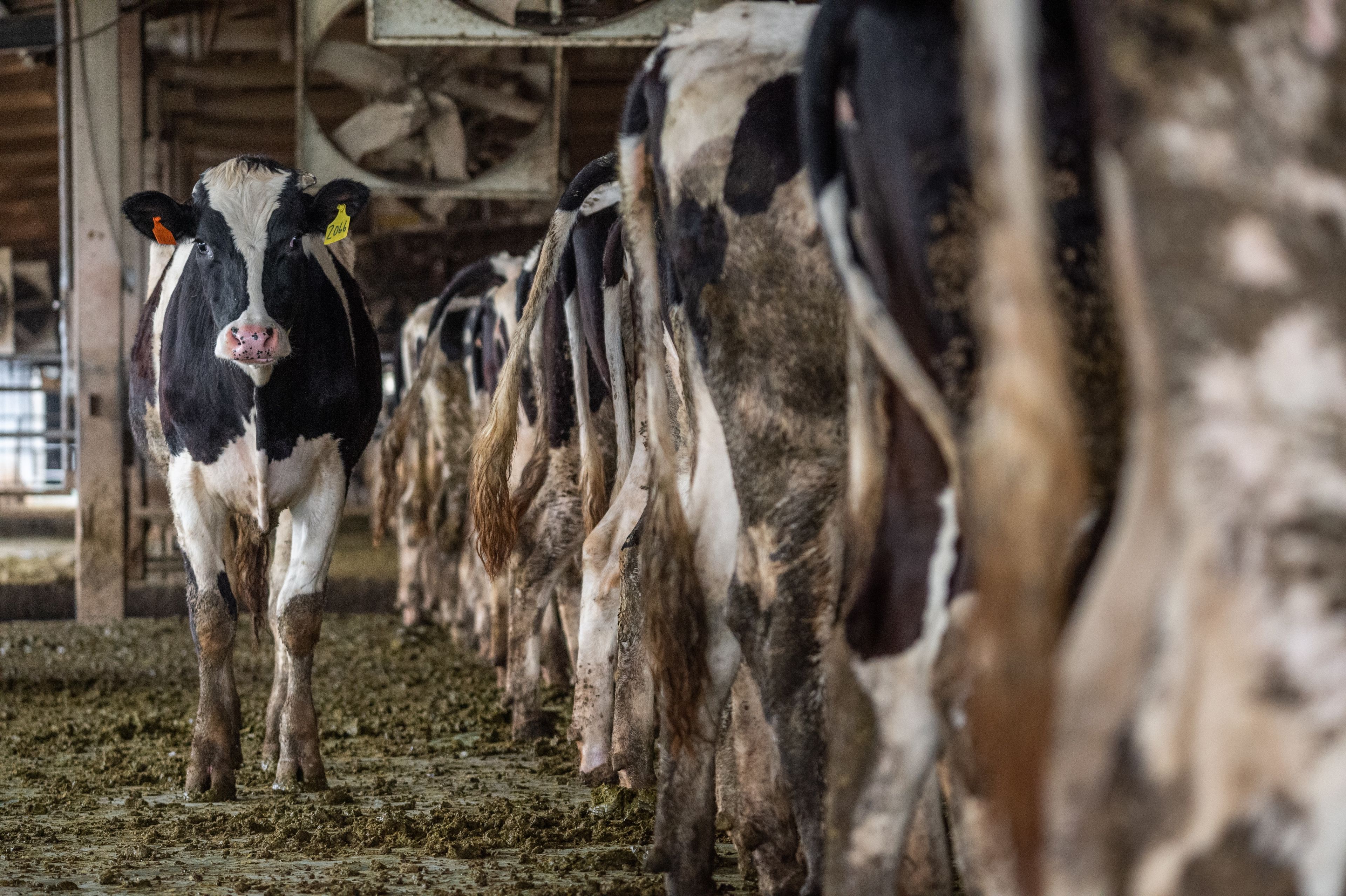
Founders Pledge: Animal Welfare Index
Support highly-impactful, evidence-based solutions to reduce animal suffering on a global scale.


Support highly-impactful, evidence-based solutions to reduce animal suffering on a global scale.
At least 75 billion farmed land animals and more than a trillion fish are slaughtered each year. That is more than 2000 land animals and 25,000 fish are killed every second. This is possible due to the mechanization and intensification of factory farming, driven by global increase in demand for meat.
Although this situation seems bleak - and the numbers almost too large to comprehend - there are reasons to be hopeful. Recent years have seen rapid progress in the animal welfare movement. Many large companies have pledged to phase out or drastically reduce some of their industry’s most harmful practices. Governments have banned some of these practices outright. And companies working to commercialize alternative proteins, such as plant-based meats, have raised billions of dollars from investors. Yet farm animal welfare remains highly neglected, with just 0.03% of US philanthropic funding going to this cause in 2017.
By giving to the Founders Pledge Animal Welfare Index, you can spread your donation across several highly-impactful and neglected global initiatives to alleviate suffering and improve the conditions of factory-farmed animals. By pooling your donations, this Index fund allows you to make larger grants and thereby maximize your impact.
When evaluating potential grants, we consider several key points:
To learn more about our approach to Animal Welfare as a cause area, please visit www.founderspledge.com.